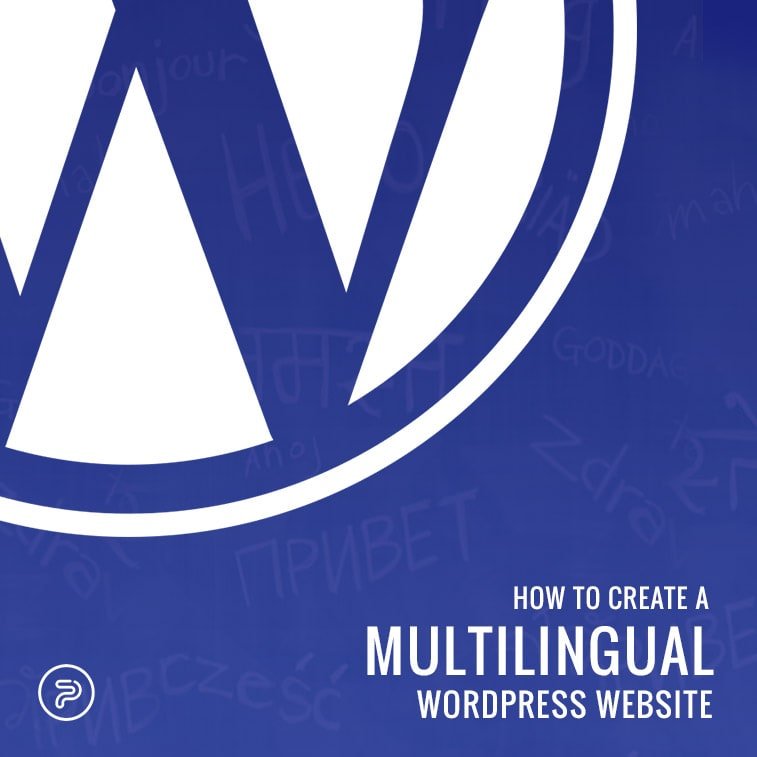So, you (or your clients) have decided to hit the global market and translate your website into different languages of the world. If you are using WordPress platform as a CMS, you have probably noticed that a single installation does not offer a multitude of languages.
This means that you either need to set up a multi-site (which we do not advise) or simply use a plugin to create a multilingual WordPress website on your existing installation. But, how do you do it if you are only a beginner in WordPress?
How To Translate a Website Into Different Languages?
There are different ways of actually translating your website into a language of your target audience (e.g. French, Portuguese, German, Chinese, Greek, etc.). You have different options.
If you already speak the language you need to translate the website too, you can do it by yourself. First of all, you can start from the navigation and translate the menu and then switch to the content of all the web pages in your website. Mind you that all pieces of textual content need to be translated, even the image titles, meta tags, page titles, etc.
Another option is to hire either a freelance translator or a translation agency to translate the website for you. Mind you that you need to provide them with all the website content that needs to be translated into the language(s) you need. This option may be costly, but you need to know that if you want good results, you need to invest both time, effort, and money.
And the last, but definitely the worst is to translate everything in Google Translate. Now, GT is a machine and machine translation today works as best as it ever did, but it is far from being perfect. Since a machine translates the text, you may risk getting a literal translation which native speakers of that language would never use that way. Think about it: do you really want to sound ridiculous or professional and convincing?
We hope you will make the best choice for your website.
However, what happens with the code? Many forget that strings and other pieces of code need to be translated, too. So, you not only need to translate the front-end of the website but the back-end as well. This can be done with the help of multilingual plugins which already have everything translated.
Best WordPress Multilingual Website Plugins
Many WordPress themes today already have a multilingual option (which usually comes with a plugin). This means that you do not need to translate the inner part but only to select the language you need and add content in, for example, German or Dutch. However, if your website or blog do not come with this handy option, you can use a plugin.
There are many multilingual plugins today, such as:
- WPML,
- MultilingualPress,
- Polylang,
- Google Language Translator,
- Lingotek
WPML is the most popular plugin which makes WordPress multilingual. It was created in 2007 by On the Go Systems and ever since maintained by staff which works on six continents. Since WordPress powers more than 20% of the Internet, it does not come as a surprise that over 400,000 online sites run WPML plugin. These are sites from Europe, North America, Asia, and South America, which translate their websites into English, Spanish, French, German, Italian, Dutch, Russian, Japanese, and Portuguese (ordered according to popularity).
Extra tip: Ask your developer (or SEO specialist) to add a HREFLANG for your region, so that Google knows exactly in what language your site is. If you need additional help with creating your multilingual website, see this YouTube tutorial:
Back to you: What plugin do you use to enable multiple languages on your WordPress website? Have you ever used WPML? Tell us how you translate content for your website in the comments below.
Like this article? Read more about WordPress:





